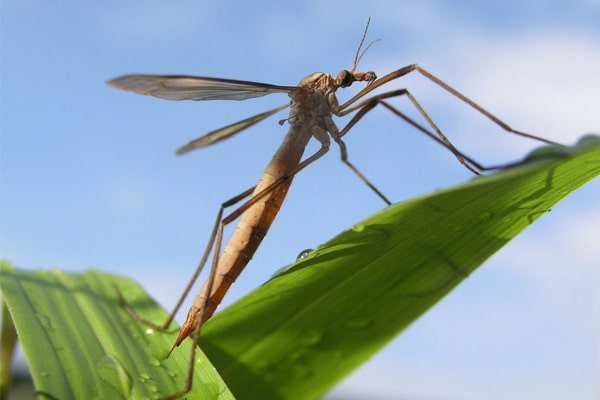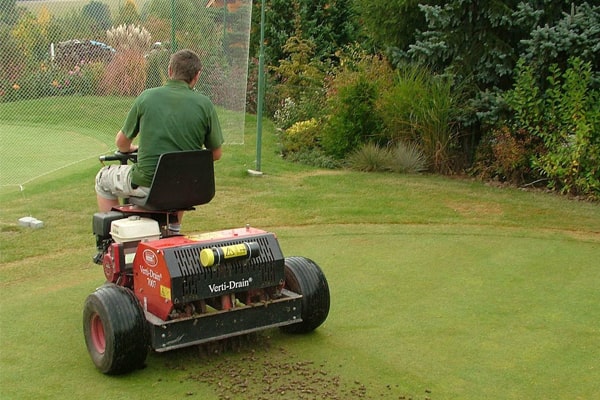FAQ
• Better moisture retention
• Better seed to soil contact
• Hydroseeding mulch contains no weed seed unlike straw or hay
• Better results and the cost is reasonable when compared to sod
• Areas such as hillsides and narrow areas that are difficult to dry seed can be done easily
• No straw or netting to remove
• One step and very uniform application • Holds soil in place
• You can have a sod quality lawn in a few weeks for nearly 1/5th the cost of sod
• Both hydroseeding and sod require watering but watering requirements for hydroseeding are less
• Hydroseeding grows the lawn on your soil, which can be amended for best results based on the requirements of your lawn
• The problem of sod not “taking” is eliminated
• With sod the roots are cut very short and the sod goes through shock during shipment and installation
Hydroseeding prices are based on the size of your lawn. The standard price is $190 per 1,000 sq ft, with prices rounded to the nearest 500 sq ft. For smaller lawns the price may be a little higher as our minimum charge to Hydroseed a lawn is $190. This minimum charge exists because there is a time commitment involved just to get to your job site, set up the machine, and clean-up the site after Hydroseeding. The price is discounted by 10% for lawns that are over 5,000 sq ft, and 20% for lawns that are over 10,000 sq ft. Even larger discounts are available for lawns that are over 1 acre. The cost for Hydroseeding includes seed, mulch and tackifier, which holds the seed in place while germination occurs.
The amount of preparation can vary depending on the intended use of the area. The health and beauty of your new lawn will be directly related to the effort applied during preparation. Typically we recommend that your lawn is dethatched (moss and dead grass removed), and aerated prior to Hydroseeding. It is very important to remove moss and dead grass from your lawn before Hydroseeding. It is also a very good idea to condition your soil by adding our Pro Organic Soil Conditioner product.
Pro Organic Soil Conditioner has been designed as a topsoil alternative that accelerates the development of depleted soils with low organic matter, low nutrient levels and limited biological activity. This product provides an abundant source of organic matter and soil building components to assist in quickly modifying soil
chemistry, and initiate growth establishment. It works even better when mixed with our premium pacific garden mulch, which is full of additional nutrients, as well as topsoil.
The green appearance that your lawn has after it is Hydroseeded is just a dye that is in the tackifier product that is used in the slurry. The dye that is present during the initial application will begin to fade after it is applied. The rate at which it fades will depend on the weather conditions. For example, heavy rain will cause the color to fade more quickly. Typically, this dye will begin to fade as the grass seed begins to germinate. This is normal and the colorant has no bearing on the quality of the hydroseeded lawn. And don’t worry, the dye is organic and does not contain harmful chemicals!
• Frequency: Watering should be performed one or two times daily depending on weather conditions. For example, on a cloudy and cool day watering once will be sufficient as the water will not evaporate as quickly. On a warm and sunny day the lawn should be watered two, or three times. And, on days when it rains, or during an overcast and cooler / wetter period of weather it is not necessary to water at all. Typically, we receive enough damp weather during the spring and fall from mother nature, so it’s not necessary to irrigate very much, and sometimes not at all, during these time periods. The main function of the mulch used in the hydroseeding is to protect the seed and keep it moist while germination and growth take place. It is essential to make sure that your watering schedule does not allow the mulch to dry out completely. Please wait 24 hours after hydroseeding before you begin watering. Plenty of water is applied with the Hydroseeding application to get the soil nice and moist. Also, this 24-hour period will allow the tackifier in the mulch to set and protect the mulch layer from erosion. After 24 hours make sure your lawn stays moist, but try to prevent it from becoming saturated. Of course, this is not possible when heavy rains occur.This is why we use tackifier when hydroseeding. It tends to keep the seed in place, even when heavy rains do occur.
Timing: When watering manually or with a sprinkler system, it is best to water the lawn early in the morning and again later in the afternoon, well before sundown. After the first three or four weeks, you can begin to lower the frequency and increase the duration of watering. After a couple months when the lawn is well established, water it thoroughly one or two times a week to encourage deep root growth.
We recommend applying a starter fertilizer at the time of hydroseeding application. This will promote healthy growth right from the start. The next time you fertilize will often vary depending on the current season. A common practice is to apply a nitrogen rich fertilizer soon after the first mowing has been done. Weeks 4-6 are common fertilizing times. When in doubt, just ask us and we will help guide you in the right direction.
Only as much as is absolutely necessary! Heavy traffic on a newly seeded lawn can permanently damage the new grass. Additionally, walking on a freshly hydroseeded lawn can leave depressions in the lawn and can cause bare spots to form.
This depends on the season, the current weather, and the amount of irrigation the lawn is receiving. With proper irrigation the seeds should begin to germinate in about 5-10 days, which means that the seed cracks open and begins to put down a root. After a root is established it will then begin to put up a blade, which should be visible at around 10 to 12 days. At around two weeks the grass will look a little thin but don’t worry, as the plant develops and absorbs fertilizer it will thicken considerably. With good growing conditions, you should be ready for the first mow at around four weeks. Again, this will vary so if it’s not happening as fast as stated above don’t worry. Our work comes with a guarantee and if we need to come back to touch things up for you we will….. as long as you’re doing your part by properly caring for the lawn after our work is done. We provide instructions on what you need to do, which isn’t very much… the most important thing is proper watering and very often the weather will help you out with this.
Strong chemicals such as Pesticides or weed-killers should be avoided until your lawn is well established. A common practice is to wait at least 3 months before any pesticides are used on your new lawn as some chemicals may hinder your lawn from growing to its full potential.
Mow your new lawn when any grasses reach approximately 3″. Raising mower heights during hot weather will preserve moisture and cause less visual mowing damage. Keep your blade sharp to minimize leaf stress. Always follow the “One-Third Rule.”

No. The most important item you can have when mowing your new lawn is a very sharp mower blade. Try to avoid sharp turns when mowing a fresh lawn to avoid tearing the grass out with your tires.
The workmanship and materials used to complete your new hydroseeded lawn are guaranteed provided you follow the instructions for the care of your new lawn. The guarantee does not cover areas that suffer due to lack of water or displacement of the Hydroseed due to any manual disturbance, erosion, high winds and other natural causes. Here is how the guarantee works: If there are any areas in your lawn that are not coming in as expected we will reapply hydroseed to those areas at no cost to you. If these areas still do not come in there is another problem, such as poor soil conditions, or pests, such as cranefly, that will need to be addressed. Our guarantee does not cover such issues as there could be additional costs incurred to solve these problems.
Installing sod will give you a lawn in as little as one day. Hydroseeding takes a little longer to develop. However, hydroseeding is also considerably less expensive than sod and has other benefits, which have been explained in previous questions. As to which lawn looks better? Aftercare and attention to your investment will ultimately determine what your results are with either choice. For the reasons stated on this website, we prefer Hydroseeding. We think sod is a waste of money, and a tremendous amount of effort goes into laying sod. We are Hydroseeders!
Absolutely, the green dye that may have splashed onto your foundation or walkways will usually fade away within a few days and can be hosed off with a garden hose.



